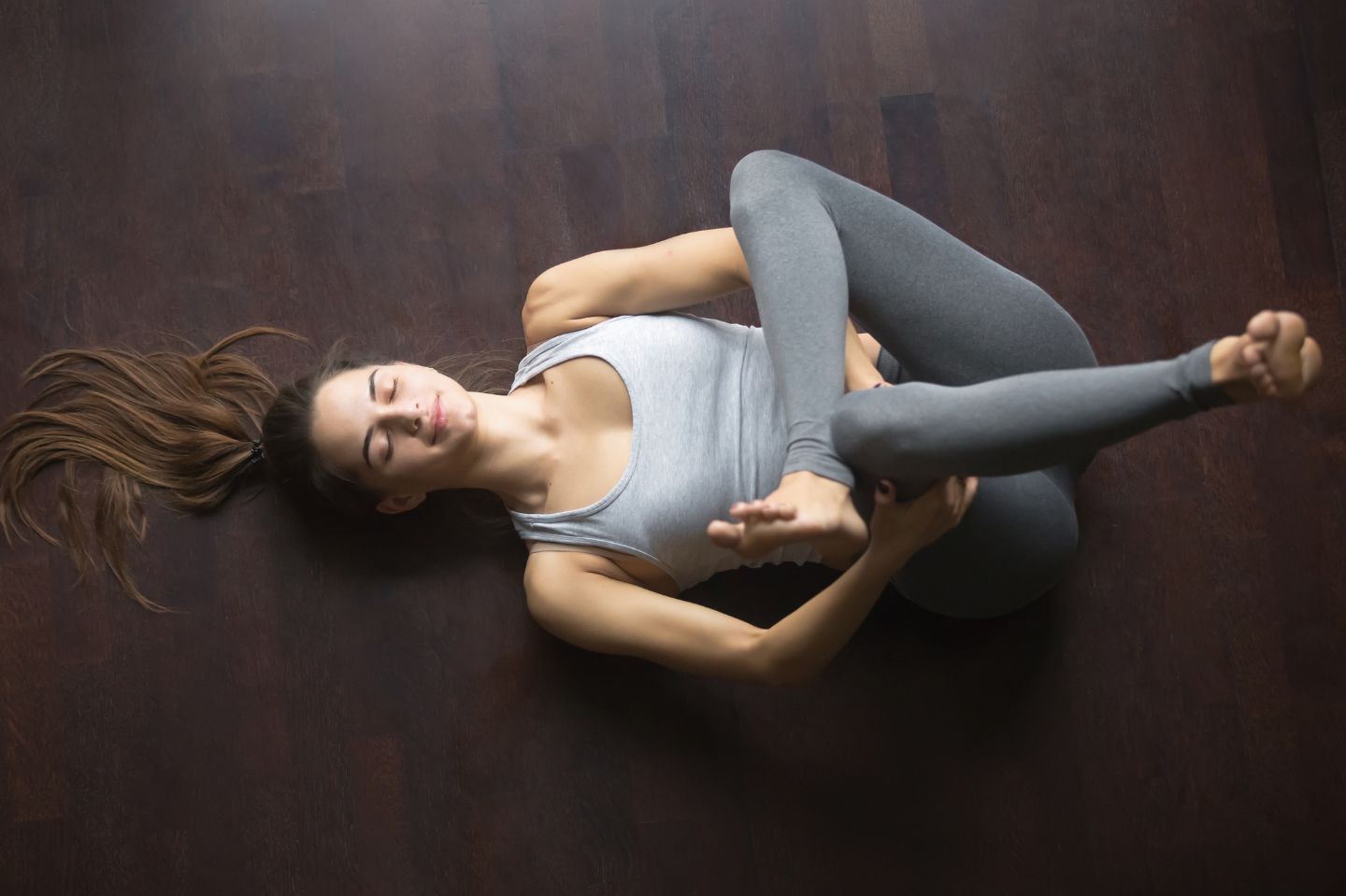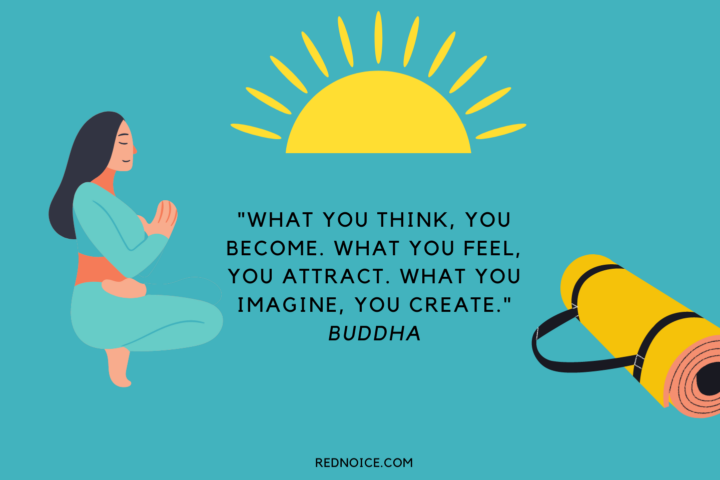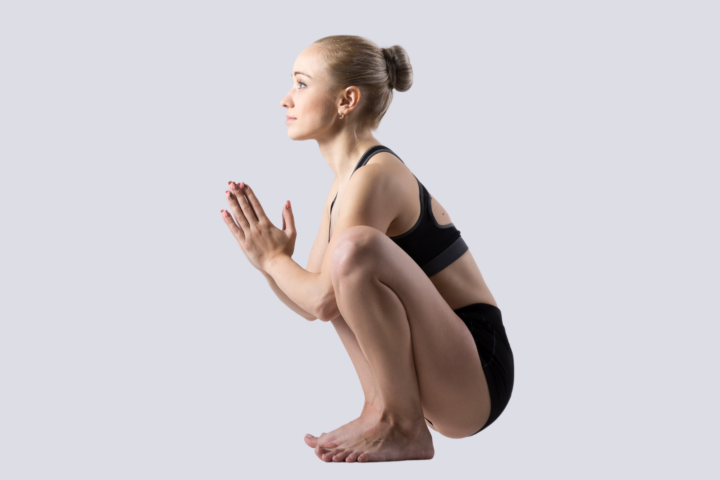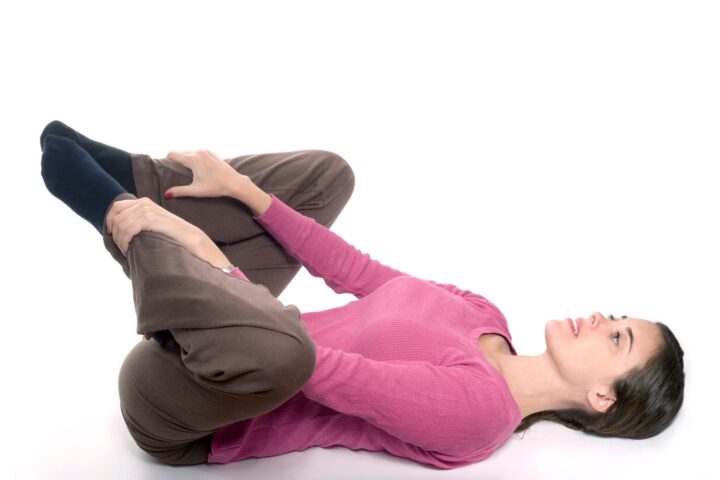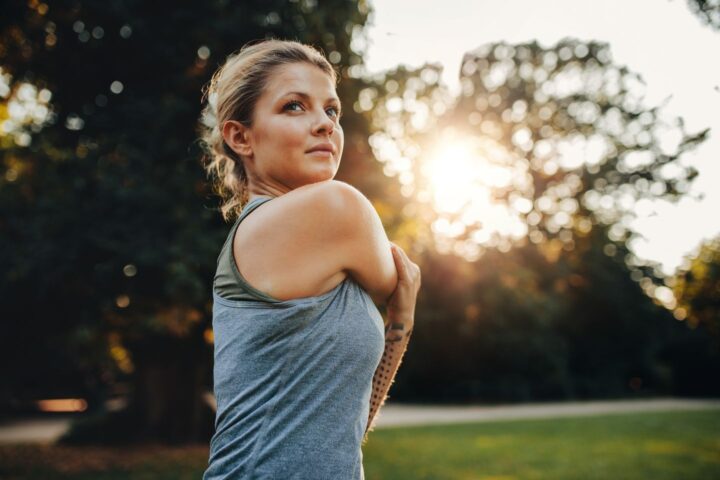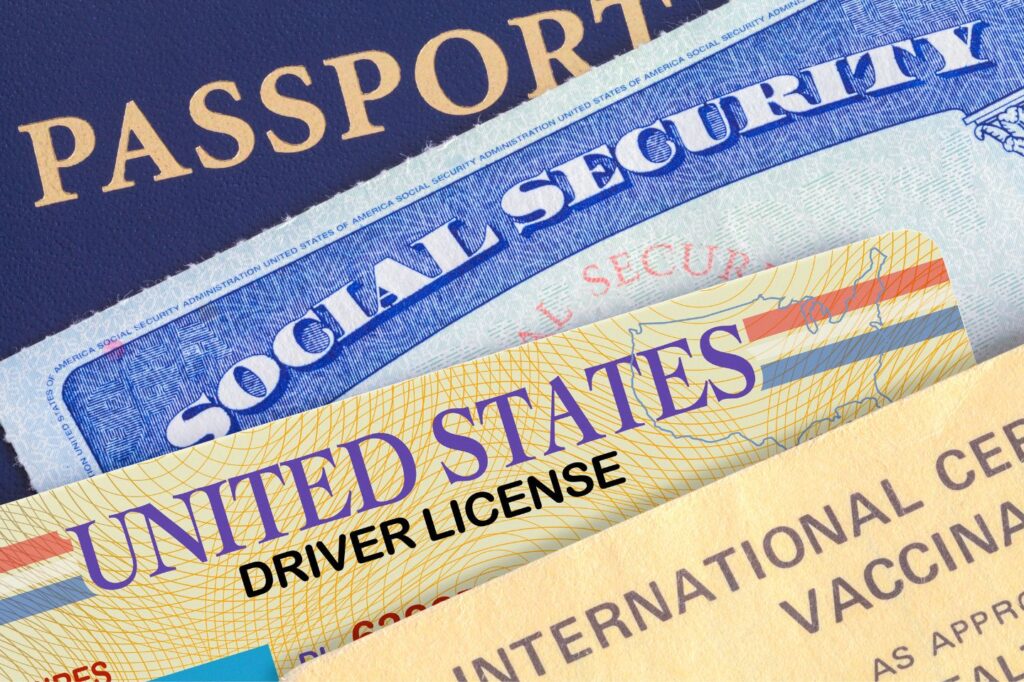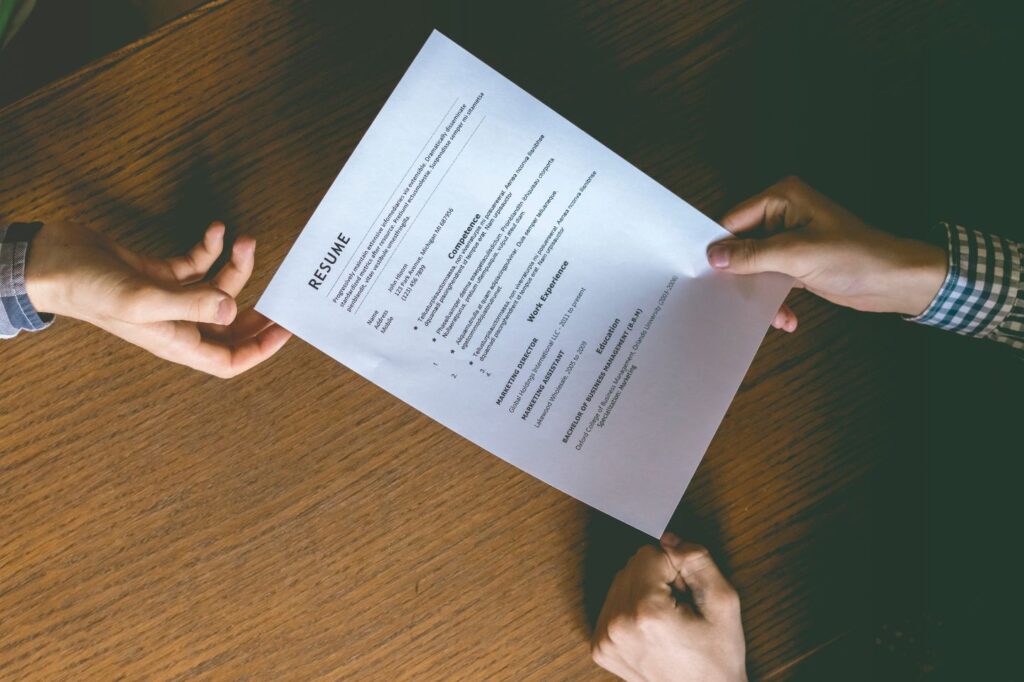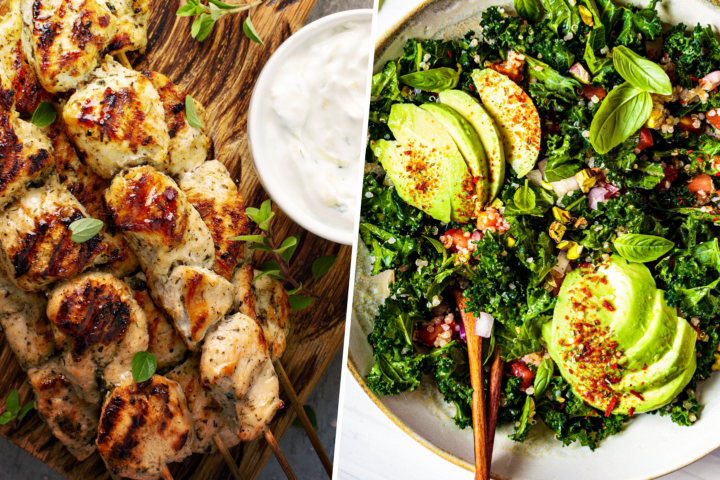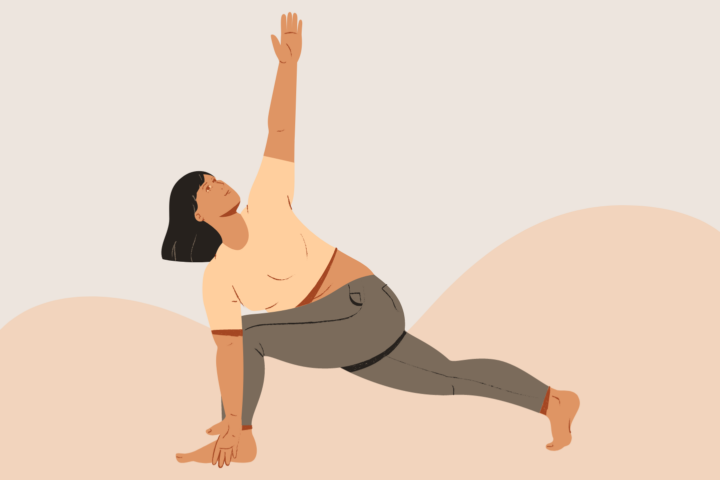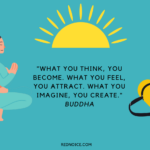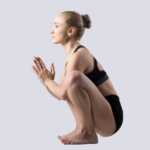The hips are an incredibly important part of the body. These crucial joints provide us with stability and mobility, and they are involved in nearly every functional movement we perform on a daily basis. Therefore, when the hips are tight and immobile, it can be hard to complete our daily tasks.
Stretching is one of the best ways to easily and safely mobilize the hip joints. I will often prescribe a hip stretching routine for clients who experience hip pain, low back pain, and lower body issues in general.
In this post, I’ll provide a 10-stretch program for loosening up the hips. But before I do that, let’s take a quick look at the muscles of the hip that are most applicable to the topic at hand.
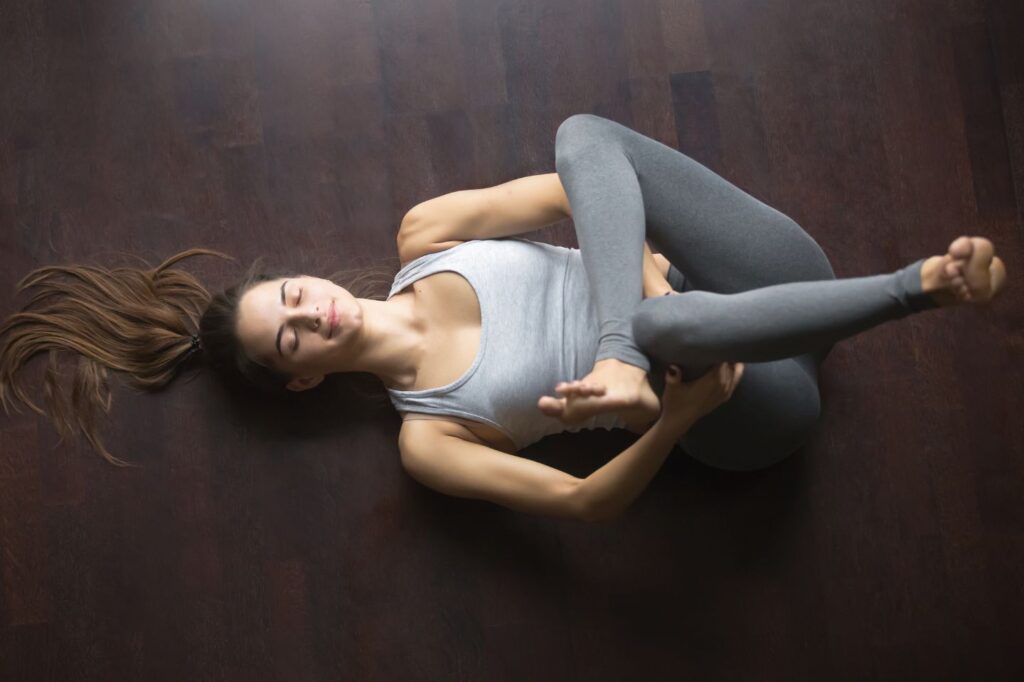
You’ll also like:
- 8 Morning Stretches You Should Do Every Day to Wake Up Your Body
- 10 Psoas Muscle Exercises to Bulletproof Your Hips and Lower Back
Hip Musculature Overview
When we talk about tight hip muscles, we are often referring to a few key structures. Namely, the muscles that are most frequently tight in the hip region are the iliopsoas (hip flexors) and piriformis.
The hip flexor group lies on the front of the thigh and serves to lift the leg up and forward. These muscles are tight on many people, but they are particularly problematic for office workers and those who sit at a desk all day.
On the other side of the hip joint, we find the piriformis muscle. This muscle is situated right smack in the middle of the buttocks and it serves to rotate the hip outward. Importantly, the piriformis lies directly atop the sciatic nerve, which is the longest nerve in the human body. For this reason, keeping this muscle loose and mobile can decrease nerve pain and dysfunction throughout the lower body.
Of course, there are many other important hip muscles as well. For instance, there are various inner thigh muscles, known as the adductor group, that can also be chronically tight on people.
Now, let’s take a look at some stretches for these crucial hip muscles.
10 Important Hip Stretches
The following hip stretches should be performed at least 3 times per week. However, if you want to do more, that will only benefit you! Just make sure you don’t push through pain, and that you visit your healthcare provider if you have any specific questions or concerns.
1. Happy Baby
Happy baby is a classic yoga move. This exercise loosens up the hips, low back, and even the calves.
How to Perform
- Lie on your back.
- Extend both of your legs up toward the ceiling, keeping your knees slightly bent.
- Reach your hands up toward your feet, keeping your arms on the inside of your shins and thighs.
- Grasp your feet and rock back and forth gently.
- Maintain this position for 1-3 minutes and repeat as desired.
2. Goddess pose
The Goddess pose/stretch helps to loosen up the inner thighs, hips, low back, and even the chest muscles. This is a good comprehensive stretch for those with tight hips and upper body issues.
How to Perform
- In standing, spread your legs slightly wider than hip-width.
- Point your toes out to the sides and squat down.
- Raise your arms up and rotate them so that your palms are facing forward, your elbows are bent to 90 degrees, and your upper arms are parallel with your shoulders.
- Hold this position for 1 minute and repeat at least 1-2 times per session.
3. Proud Warrior 2
In yoga classes, participants are often asked to perform “warrior flows”. These are complex stretching and strengthening exercises that all complement one another. Warrior two emphasizes the hips, core, and shoulders.
How to Perform
- In standing, place your right foot in front of your left (as if you were about to perform a lunge).
- Bend your right knee and lean forward, keeping your back straight.
- Extend your right arm out in front of you and your left arm behind you.
- Hold this position for 30 seconds and repeat 4 times per side, per session.
4. Proud Warrior 1
This stretch is the first in the warrior series, described in the previous exercise. There is a slight difference in this movement, described below.
How to Perform
- Assume a lunge position, with your right leg forward and your left leg back.
- Bring both of your arms straight overhead, with your biceps next to your ears.
- Hold this position for 30 seconds and repeat 4 times per session.
5. Single knee to chest
SKTC or Single Knee to Chest is a commonly prescribed physical therapy exercise. This move helps to loosen up the posterior chain muscles, such as the glutes and proximal hamstrings.
How to Perform
- Lie on your back with your legs straight out in front of you. If this position causes you back pain, it’s perfectly acceptable for you to bend your knees and keep your feet flat on the floor.
- Pull your right knee up to your chest by placing both hands on the back of your right thigh, keeping your right knee bent.
- Hold this position for 1 minute and repeat on both sides.
6. Runner’s Lunge
Runners (especially good runners), tend to have very strong, mobile hips. The runner’s lunge helps to improve stride length, hip mobility, and overall lower body flexibility.
How to Perform
- Assume a low lunge position, with your right leg forward.
- Crouch down so that your chest is on your right thigh and your left knee is on the ground.
- Hold this position for 30 seconds and repeat 4 times per side, per session.
7. Deep Oblique Lunge
This variation on the lunge stretches out the inner thigh of the front leg in addition to the hip flexor of the back leg.
How to Perform
- Place your right foot in front of your left in lunge position.
- Perform a deep lunge, moving your left leg back as far as you can.
- Next, scoot your right leg out to the right as far as you can.
- Place your forearms on the ground and lean forward as far as possible.
- Hold this position for 30 seconds and repeat 4 times per side per session.
8. Butterfly Stretch
A gym class classic. The butterfly stretch emphasizes the inner thigh muscles and the hip joint in general.
How to Perform
- Start in a seated position.
- Place the soles of your feet against one another, allowing your knees to splay out to the sides.
- Attempt to push your knees to the ground, using both your leg muscles and your forearms to assist.
- Hold this stretch for 30 seconds and repeat 4 times per session.
9. Bridges
Bridges are a stretching exercise for the hip flexors, but they also help to strengthen the glutes. A two-in-one move!
How to Perform
- Lie flat on your back with your feet flat on the floor and your knees bent.
- Push your heels into the ground and lift your hips off of the floor.
- Hold this position for 10 seconds and repeat for 3 sets of 10 per session.
10. Figure 4 Piriformis Stretch
As was mentioned earlier, the piriformis can be tight and problematic for many people. This move helps to loosen up both the piriformis on one side, and the glutes/hamstrings on the other.
How to Perform
- Lie flat on your back.
- Place your right ankle on your left knee.
- Weave your hands through the hole made between your legs and grasp the back of your left thigh.
- Pull your left thigh to your chest, bringing the right leg with you.
- Hold for 30 seconds and repeat 4 times per side, per session.
The Final Take On Hip Stretches
Keeping your hips healthy is crucial for your health. By performing the above mobility routine at least 3 times per week, you’ll be taking a great step toward improving your hips. Again, if you have any specific questions or concerns about your hips, be sure to visit your healthcare provider as soon as possible.
Works Cited
- Reiman MP, Matheson JW. Restricted hip mobility: clinical suggestions for self-mobilization and muscle re-education. Int J Sports Phys Ther. 2013 Oct;8(5):729-40. PMID: 24175151; PMCID: PMC3811738.
- Ahuja V, Thapa D, Patial S, Chander A, Ahuja A. Chronic hip pain in adults: Current knowledge and future prospective. J Anaesthesiol Clin Pharmacol. 2020 Oct-Dec;36(4):450-457. doi: 10.4103/joacp.JOACP_170_19. Epub 2020 Sep 26. PMID: 33840922; PMCID: PMC8022067.

